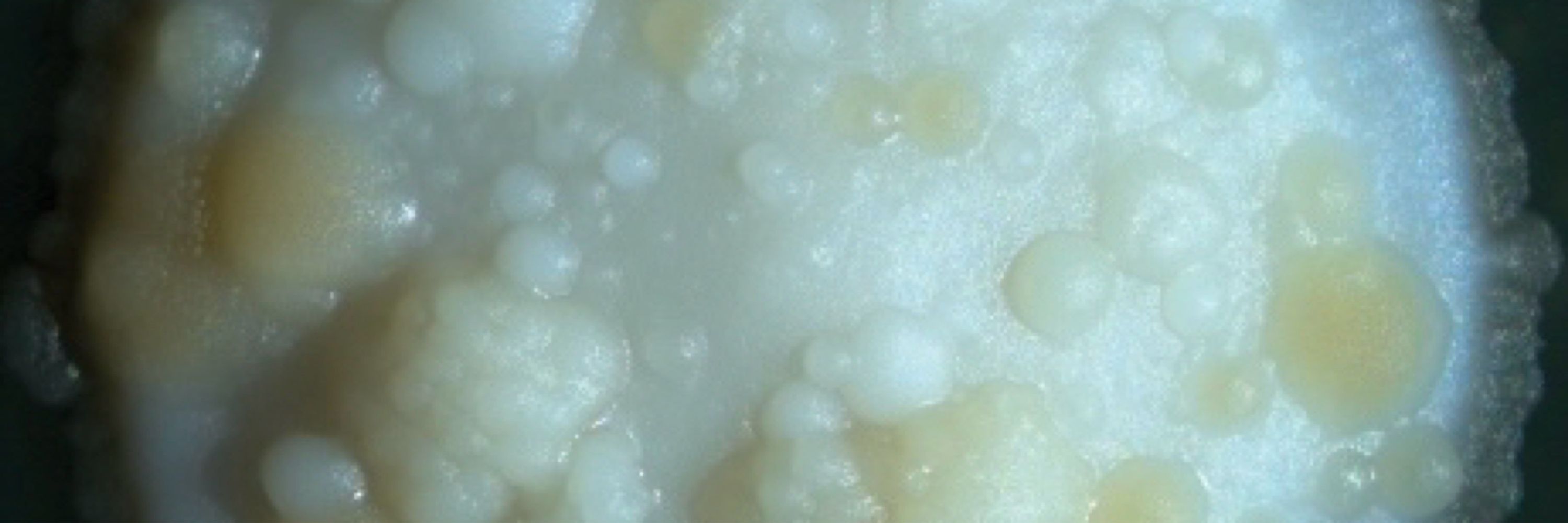

@cp-cellreports.bsky.social @cellpress.bsky.social
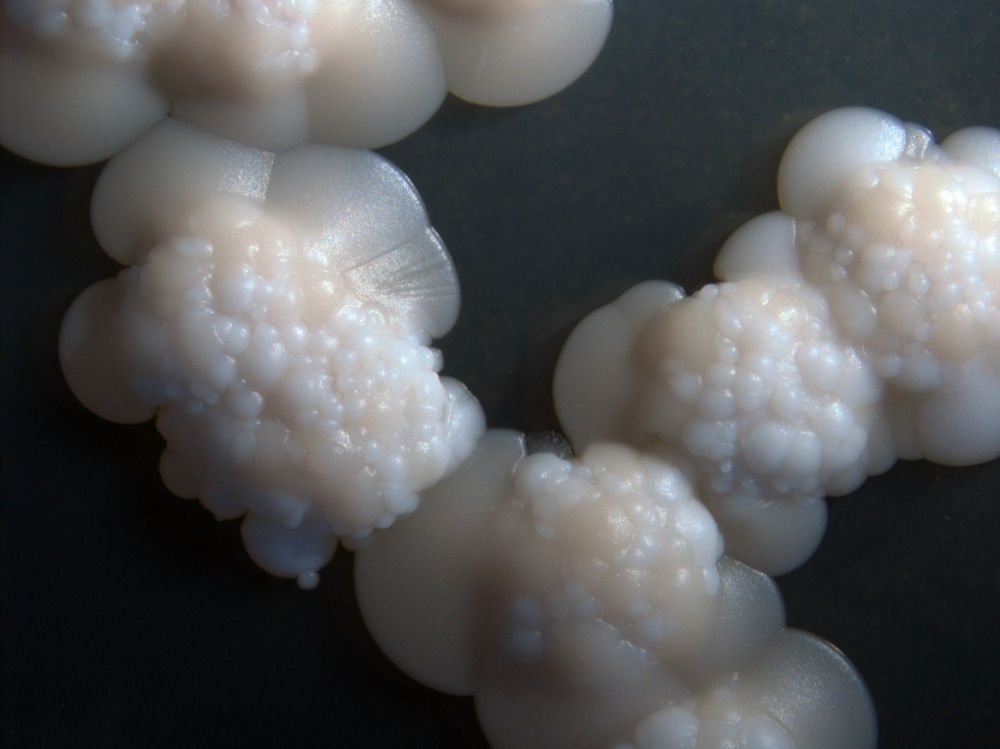
@cp-cellreports.bsky.social @cellpress.bsky.social
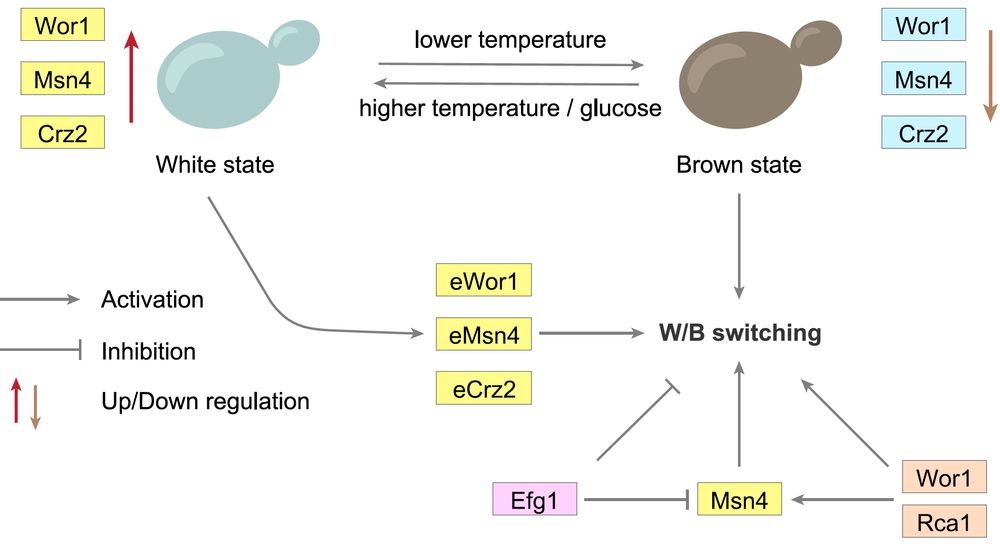
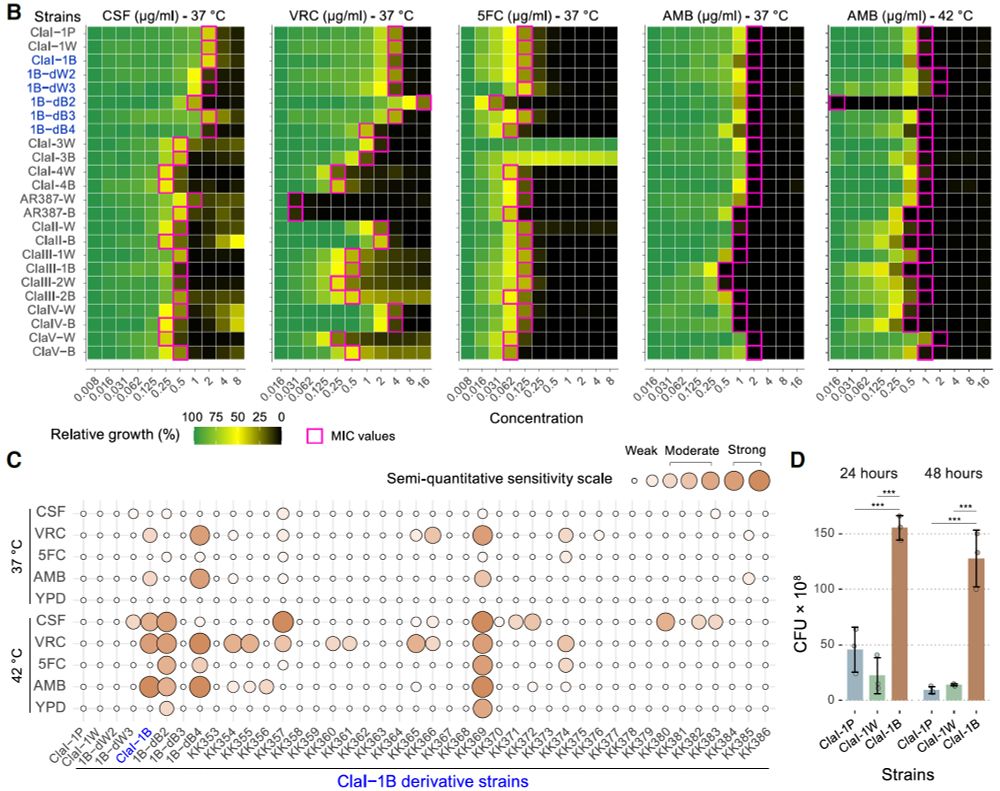

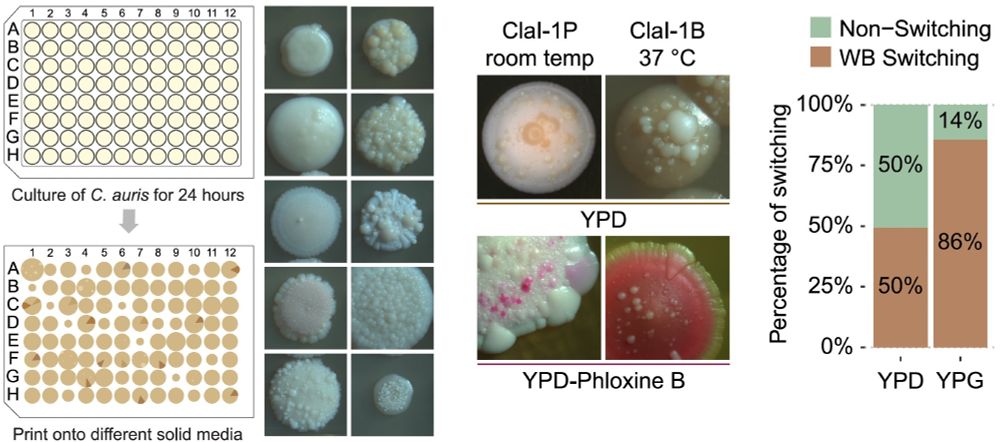
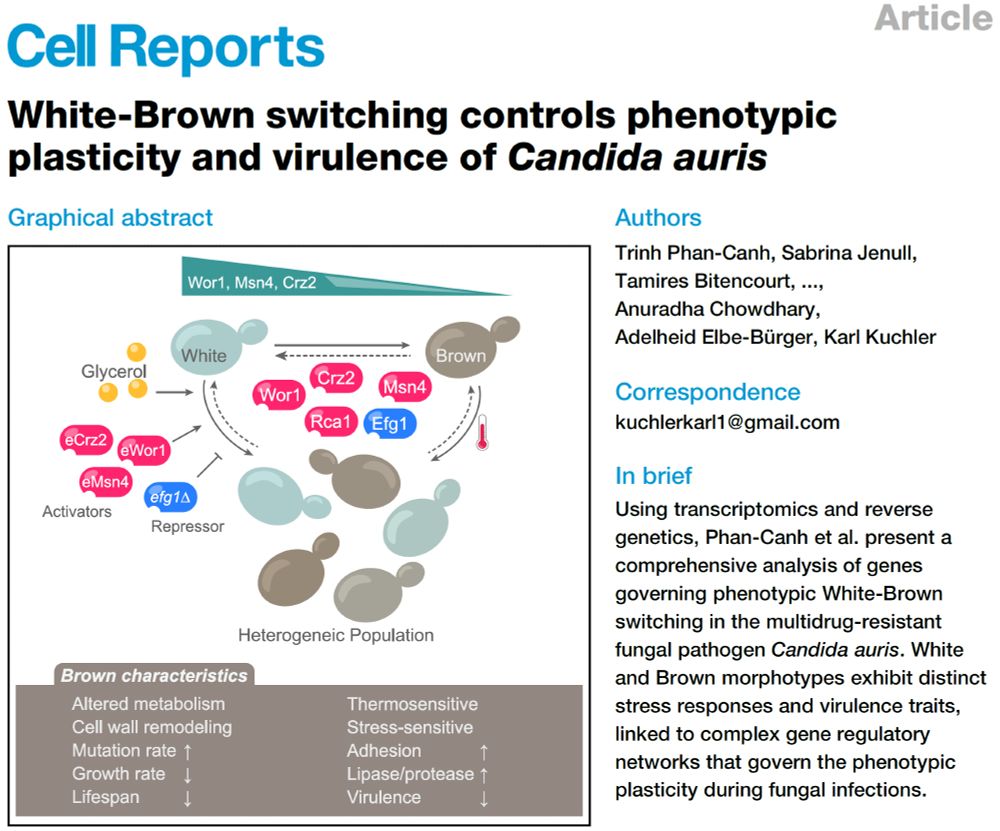
* A gene swapping experiment to confirm FUR1's role in 5FC resistance
* New genetic variants in FUR1, FCY2 defines 5FC resistance.
4/4
journals.asm.org/doi/10.1128/...
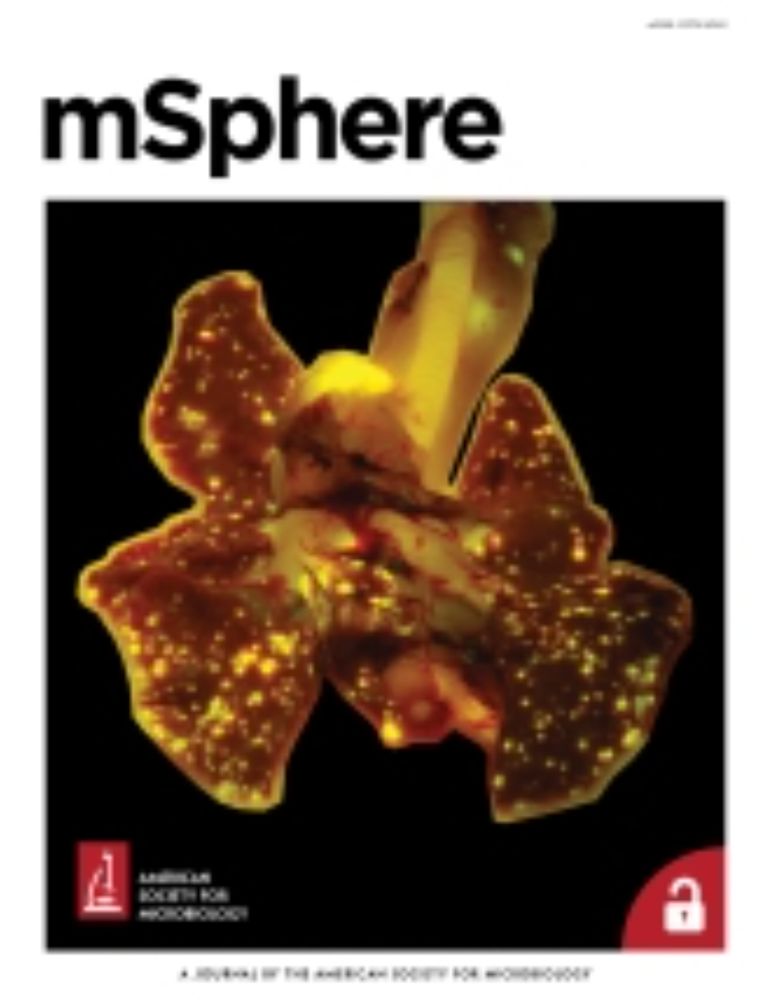
* A gene swapping experiment to confirm FUR1's role in 5FC resistance
* New genetic variants in FUR1, FCY2 defines 5FC resistance.
4/4
journals.asm.org/doi/10.1128/...

